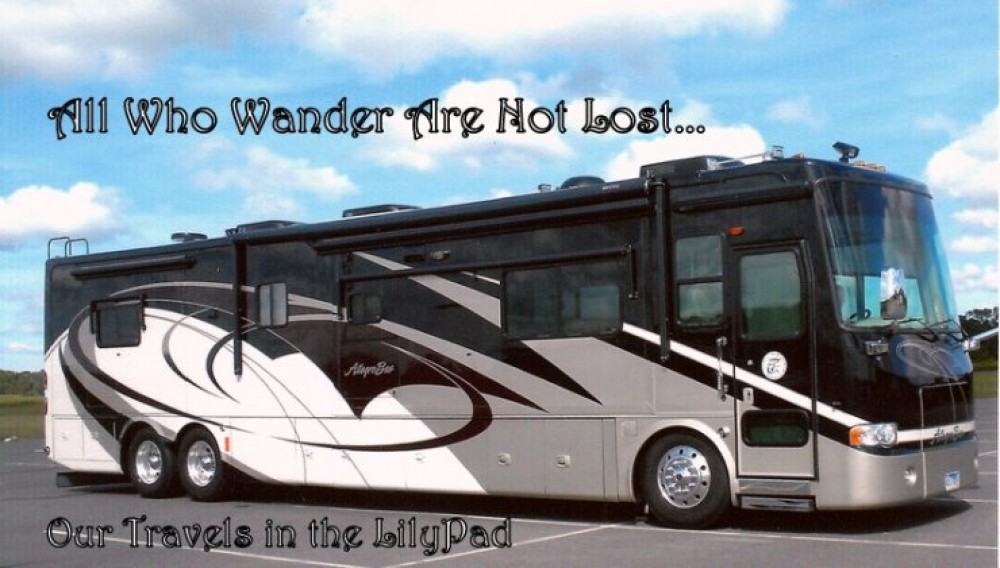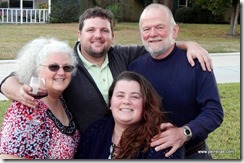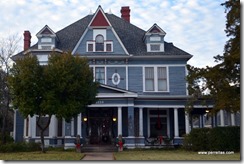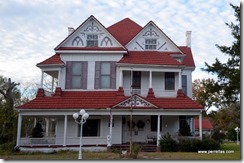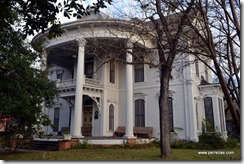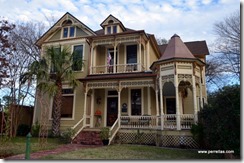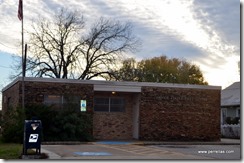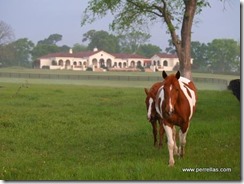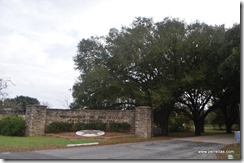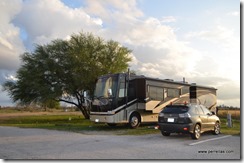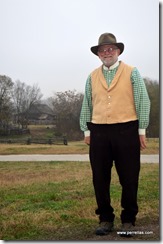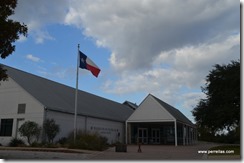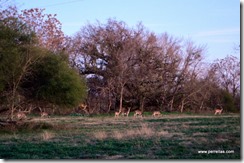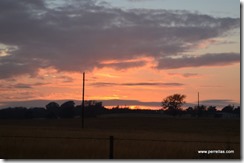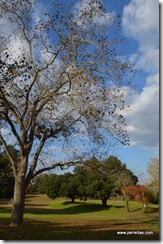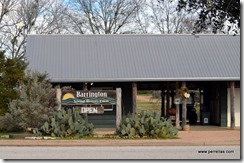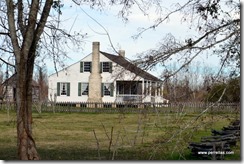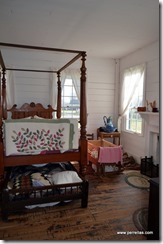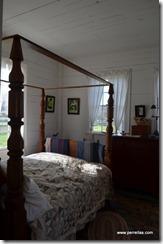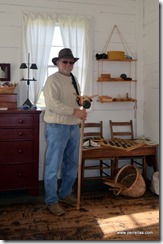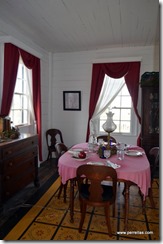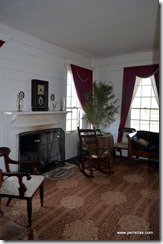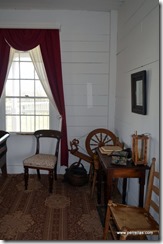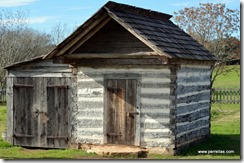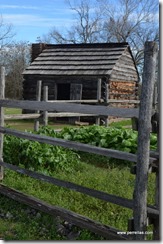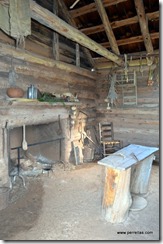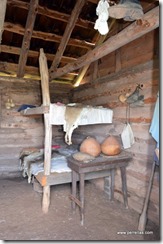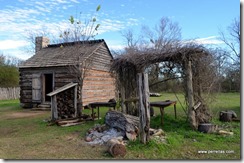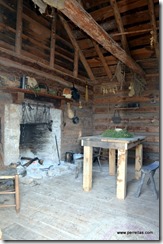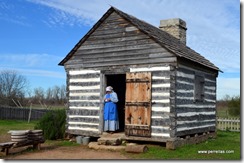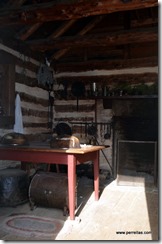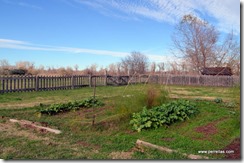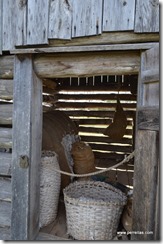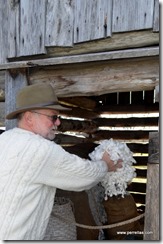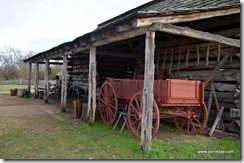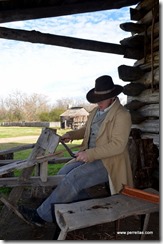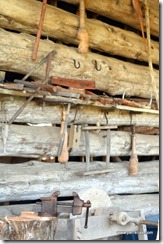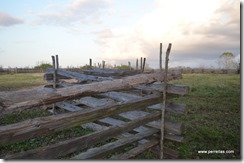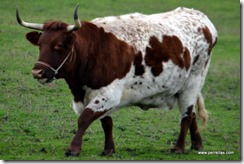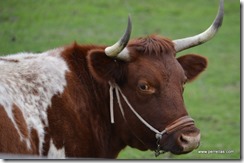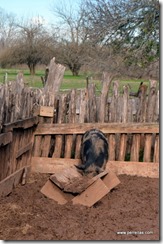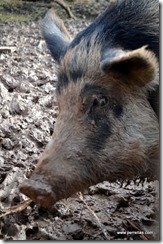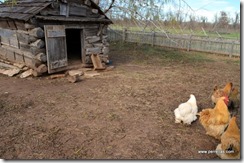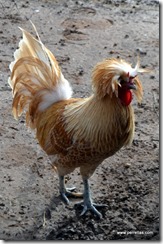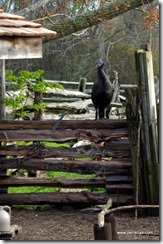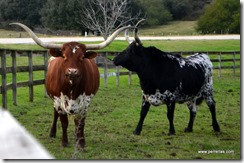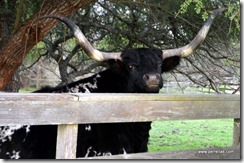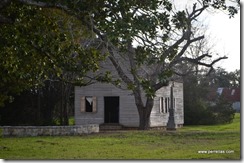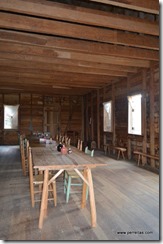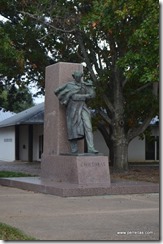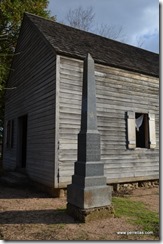Once again, settled in at Rayford Crossing RV Resort, doctor/dentist/eye doctor appointments are scheduled, friends are contacted to arrange visits and our kids put in their requests for family time. Not exactly “home” but at least paused in one place for the next month.
We spent a pleasant family Thanksgiving visiting our son in Seabrook for a few days before packing up and pulling out in a gully washer downpour of Texas rain to arrive at our next volunteer experience in Washington, Texas.
Passing through Navasota, the closest town to Washington, I am trying my best to refrain from judging this tired little town. It has a Walmart, of this I am thankful and I am hopeful that there will be some excellent prospects for yummy hole-in-the-wall diners. Cotton and the railroad created the wealthy that built and resided in the marvelous mansions tucked into the landscape along Main Street.
Washington is a one blink town with the biggest draw being a small unadorned post office…
unless you consider the only Forbes five-star dining experience in the state, Inn At Dos Brisas, an attraction. The 313 acre Relais & Chateaux luxury inn, priced for the enjoyment of those richer-than-God Texas tycoons, distances it’s self monetarily by eons from the rest of the town’s dining choices.
As we pull into the park, tree branches scrape LilyPad’s solar panels. After backing into the back of the parking lot, our home for the next three months at Barrington Living History Farm, we soon learn that 30 amp is all the elderly wiring will muster. For the next three months we must live in singulars, turning only one electrical appliance on at a time. We have the ability to use only one of our three a/c units, hot water is available only if our floor heaters are turned off and we will expect brown and black outs, as experienced last time we tried to live on 30 amp, on a regular basis. From roughing it smoothly, as our Tiffin mantra denotes, to just plain roughing it. Because of our 13.6 clearance, no other site is accessible to us. I’m a little frustrated that we must “make do” once again and somewhat exasperated having to live so restricted electrically as we begin our next venture, volunteering at Washington on the Brazos, the birthplace of Texas.
John will be dressed in period clothing and will volunteer at Barrington Living History Farm, just a few steps out our front door, and I will volunteer at the Visitor and Information Center.
The park closes at dusk and no other human is present on the multi hundred acres until next morning. No police, sheriff or rangers cruise the park after dusk. We lock the front gate and string the rope across the farm entrance road after sunset. Our nighttime neighbors are coyotes, a herd of deer and assorted unknown shadowy four legged night creepers. Tonight, under the full moon, John answered the mournful howls of the coyotes. As their chorus grew in volume, I was sure John had unintentionally invited them to our house for dinner so we climbed into LilyPad and closed our door tight against the dark and fast approaching sorrowful wailing.
Normally, total solitude is embraced and not in the least stressful. The exception came when John read me the history of Navasota from early 1800’s up to present day when it included murders and drive by shootings, drugs/money/illegal gambling machines being found at the local tattoo and nail salon 100 yards from the police station, armed drug dealing gangs operating in the area, ATF agents converging on the town and seizing crack cocaine, 21 area residents being arrested for drug trafficking and weapons/stolen property being recovered as recently as 2012. We’ve been told that the ATF and Texas Rangers have brought law and order back to this minimally populated vintage western town and this information has somewhat eased my concerns.
We have settled in, both of us enjoying the experience of working with the staff here at Washington on the Brazos. Cold weaves through the park. The blankets of fallen leaves reveal the shift that is brought into multicolored focus every autumn. Each falling leaf brings the landscape closer to dormancy. The nuts of the La Bahia Pecan trees have fallen and are picked up by scavenging holiday bakers and the local furies. Nighttime temperatures drop, and in the morning, frost covers the ground as the earth begins its rest for winter once again.
Barrington Living History Farm was the home of the last president of the Republic of Texas, Dr. Anson Jones. Built in 1884 and moved several times, the house is original but the remaining buildings on the farm are only representative of that era. The farm was built to the specifications of the descriptions in Anson’s journals.
The main house, a dog trot style clapboard primitive Greek Revival, fitted with typical period furnishings, is the centerpiece of the farm. Two enclosed rooms on either side of the open “dog trot” area makes the house seem expansive.
The farm is set up with the garden and chicken coop out back, the oxen field is to the side, the kitchen is directly in back of the dining room, the pig sty is across the larger garden next to the barn and all surrounding the house within easy access. No bathroom…they used the trees surrounding the house as was typical of even the wealthier families.
The open area between the bedrooms and living space was cooler than the enclosed rooms and on hot humid Texas summer days, the furniture was pulled into that open area to take advantage of the cool breezes.
The masters room is in front of the house with an extra room in back for adult family members. One corner was reserved for the learning center.
The dining room is in back near the kitchen with the living room in front. All were heated by wood burning fireplaces.
Surrounding the house is the smoke house,
both slave quarters, one built in an inexpensive fashion with a wood chimney lined with mud and a dirt floor
and one built resembling how Anson would have had it built after he had became more affluent, with a stone chimney and wood floors.
The kitchen was built away from the main house to keep heat away. Kitchens also had the habitual habit of catching fire and burning to the ground. Kelly, one of the interpreters, stands in the doorway keeping warm by the fire.
Both the main house and the slaves had gardens.
Anson’s slaves worked the fields raising corn and cotton. John demonstrates how a pound of cotton, about the size of a basketball, was measured.
The barn was used for storage much like our present day garage. Animals were not kept in the barn.
Ben, another interpreter, is demonstrating the use of period tools and a wooden vice to make dowels. The tools hang on the barn wall behind him.
The Farm takes on a desolate guise in the Texas winter. Gopher mounds and fire ants spread quickly across the farms landscape without the freezing weather to force down their population. Each area of the farm is sectioned off by fences made in 1850’s style.
The farm functions just as it had in the 1850’s complete with butchering a hog in January, salting it in wood barrels, smoking it in the smoke house for 30 days and making sausage. Most of the process is open to the public. The farms sausage, cornmeal and greens are cooked over fires in cast iron pans and consumed by Barrington’s volunteers each Saturday. Because of the yummy homemade meal, Saturday quickly became John’s favorite volunteer day.
The animals are the same Spanish breeds that existed while Anson lived on the farm. Pineywoods cattle,
Ossabaw Island hogs,
Cochins and Araucanas chickens,
and our favorite, a rooster named Cramer, who crows each time a visitor passes his male chicken declared kingdom,
and one lone Spanish Black turkey.
We learned that the working cattle on the farm are called Oxen and differ from regular cattle only by the fact that they have been trained for four years to wear a yoke, respond to commands and plow fields. The farm also has longhorns.
Texas history is as stubborn and proud as its first settlers, reverently called the Old 300. After Mexico won its independence from Spain in 1821, Mexican authorities organized Anglo immigration from the US asking only that these settlers convert to Roman Catholics, live by Mexican laws, pledge allegiance to Mexico and be responsible for their own safety.
In 1824 the state of Coahuila y Tejas was formed by the new Mexican constitution. The Mexican Government closed the boarders to immigrants that were flowing into the state of Coahuila y Tejas in 1830. When Santa Ana became dictator, he repealed the Mexican constitution of 1824 removing all remnants of states rights and left the settlers frustrated and eager to declare their independence. Santa Ana quickly gathered armies to crush the revolt. By 1834 there were over 30,000 Anglos living in Coahuila y Tejas.
The town of Washington was chosen as the site for the 1836 Convention. Although Washington was a small town catering to farmers, it was centrally located, on the well-traveled La Bahia road and convenient to the Brazos River. Because the convention was offered a new building with free use, the town was capable of feeding the Texas Delegates and had ample boarding houses in the area, they gathered to write the declaration of independence from Mexico and to form the Republic of Texas.
The declaration was written by George Childress patterned after the United States of America declaration and his statue stands at the entrance to the education Center by the Visitors Center.
Although the delegates were aware that Santa Ana was leading his armies to fight the uprising at the Alamo, they continued their deliberations. While the delegates hashed out their declaration of independence from Mexico, the Alamo fell to Santa Ana’s soldiers and by the time word reached Washington that the Alamo was under siege, American hero’s James Bowie, David Crockett and William Travis had already fallen along with hundreds of Texian patriots that fought by their sides.
In 1899 Brenham schoolchildren under the leadership of Superintendent E. W. Tarrant erected a monument to mark the site of Independence Hall, where the Texas declaration of independence was signed.
Tonight is Barrington Living History Farm’s Christmas program. John is dressed appropriately in 1850’s attire and is in charge of keeping the hundreds of period candle lanterns lit. I was to work as a greeter keeping the Wassail and cookies refilled for the over 300 visitors that will pass over the bridge into an 1850’s Texas Christmas Celebration. Unluckily the smoky fires that surrounded the farm complex sent me back to LilyPad and John volunteered without me.
The celebration was complete with period musicians, a Yule Log burning near the slave quarters, the farms fireplace was glowing and rooms were beautifully adorned with live holly, volunteers dressed in period clothing and performed skits of 1850’s celebrators, storytellers told tales of Christmases past, the preacher gave short sermons blessing everyone and farm workers fired bullet-less period firearms. The gaiety lasted until well after 9pm with a pot luck dinner ending the program.
In the days that followed the celebration, visitors to the park were scarce as Christmas drew near. Our days off were spent cleaning, doing laundry and driving into the “big city” of College Station, nearly an hour away, for supplies.
Tonight at dusk, after our nightly rounds, the tree next to LilyPad became heavily populated by a parliament of owls having serious and lengthy conversations with their peers in nearby trees. Even our presence directly under the tree did not interrupt them. As we readied for bed, the conversation continued and we fell asleep listening to faint hoots bouncing between the trees that surround LilyPad.
